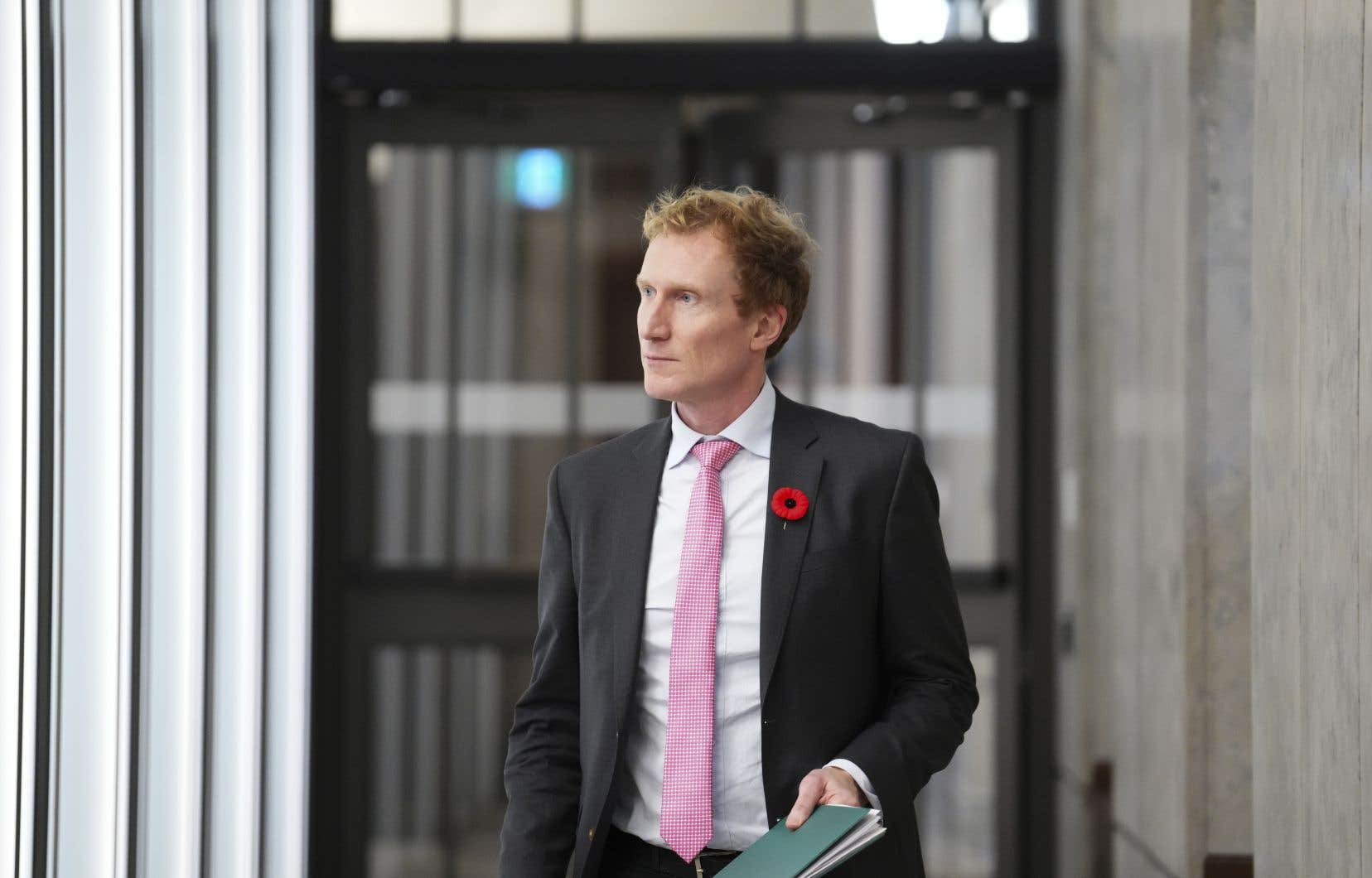The new federal targets for French-speaking immigration are “clearly insufficient [es] to promote the development of French in Canada,” according to Quebec.
The National Assembly unanimously adopted on Wednesday a motion asking that the target for next year, which amounts to 6%, “be increased to 12%”, in “solidarity with all French-speaking communities in Canada as well as with the Federation of Francophone and Acadian Communities of Canada (FCFA).”
The federal Minister of Immigration, Marc Miller, announced at the beginning of November to increase his target for French-speaking immigration outside Quebec to 6% in 2024, then to 7% in 2025 and 8% in 2026. He said he had been “ambitious with these new targets” given that Ottawa reached for the first time in 2022, “with difficulty and misery”, its immigration target, set at 4.4% in 2003.
But the FCFA does not share the same opinion. She has been calling for more than a year, with other French-speaking associations in the country, for a progressive target starting at 12% in 2024 and going up to 20% in 2036, which would ultimately make it possible to restore the demographic weight of the Francophonie at 4.4%.
Since the modernization of the Official Languages Act in June, the federal government has committed to restoring the demographic weight of French-speaking minority communities to what it was in 1971, i.e. 6.1%.
“A target of 6% keeps us in decline. At 8%, we are more or less in stability, but certainly not in growth,” declared the president of the FCFA, Liane Roy, in a press release.
The motion was tabled without notice by the liberal Monsef Derraji, jointly with the leader of the Parti Québécois Paul St-Pierre Plamondon, the solidarity Guillaume Cliche-Rivard, and the two independent deputies Frédéric Beauchemin and Marie-Claude Nichols.
This report is supported by the Local Journalism Initiative, funded by the Government of Canada.
